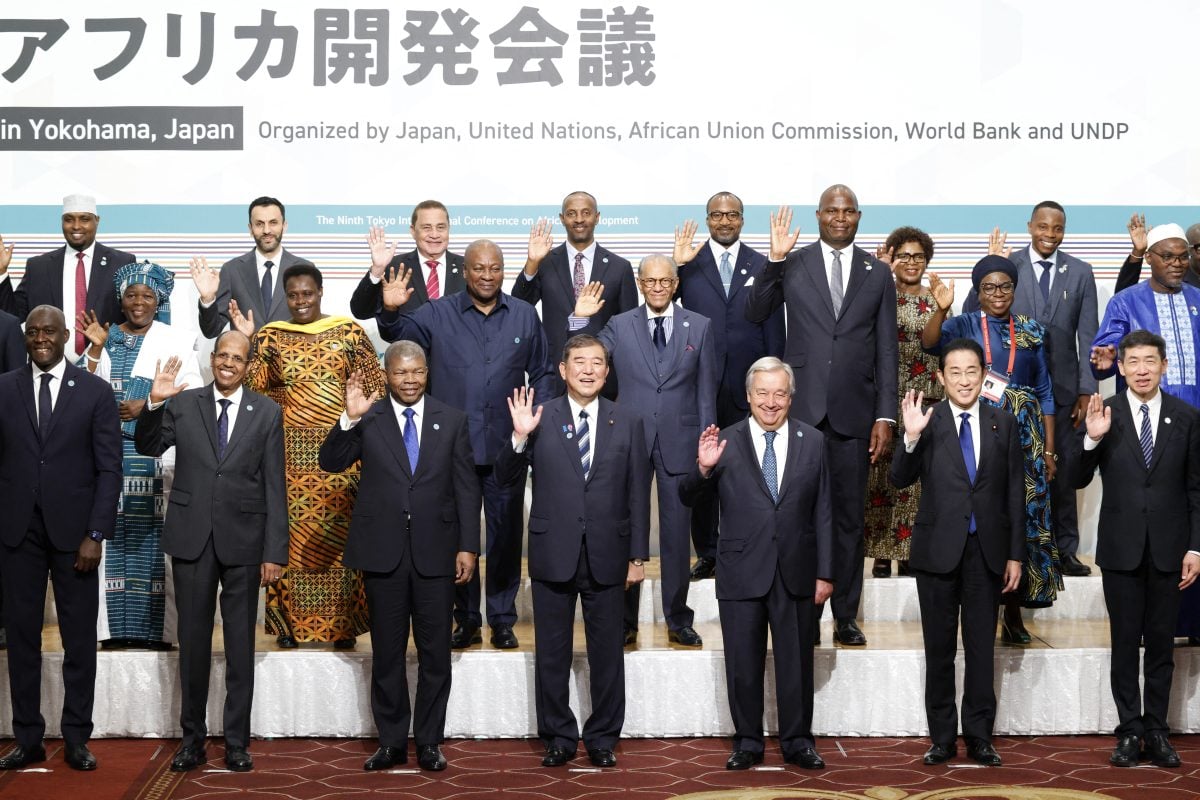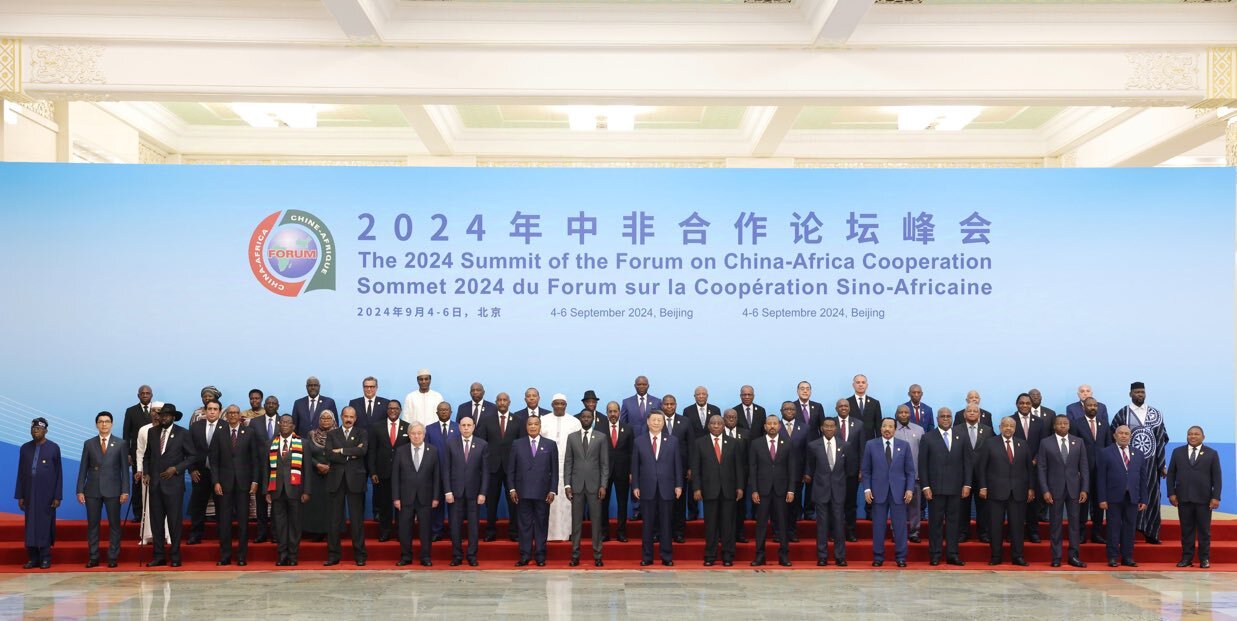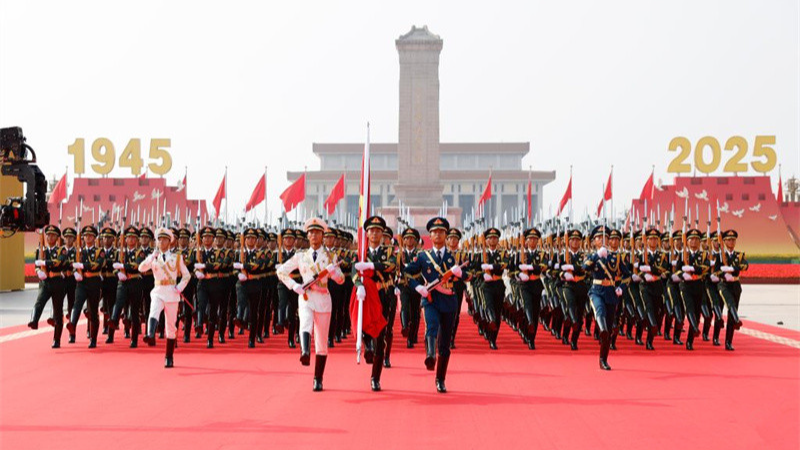As economic stagnation and major country rivalries for economic and political partners continue to shape global politics, the focus is increasingly shifting to Africa. It is one continent that now occupies a strategic position due to its large natural resource reserves and its great potential as a continent with the world’s youngest population and nascent industries. Unlike most continents, Africa has room for growth and transformation. It is therefore not surprising that the Far Eastern countries of China and Japan have uniquely shown a deeper interest in Africa, each organising summits for African leaders at the Forum on China-Africa Cooperation (FOCAC) and the Tokyo International Conference on African Development (TICAD), respectively. On one hand, China’s expansive approach in its relations with Africa focuses on state-orchestrated financial commitments while also pursuing ideological alignment through its global initiatives. For Japan, the focus is on innovative, private-sector-driven engagement with a focus on building multilateral resilience.
This article focuses on the Ninth FOCAC Summit, which was held in September 2024 in Beijing and the Ninth TICAD Summit, held in August 2025 in Yokohama, Japan. We shall compare the number of African presidents in attendance at each summit, analyse the significance of the issues discussed in plenary sessions, while also weighing the promises made by China and Japan to African countries in pursuance of their development goals as articulated in Agenda 2063 and the SDGs.
China’s FOCAC seems to always draw more numbers of African leaders, although both FOCAC and TICAD summits are strategically organised to alternate between African countries and China or Japan every three years. Having the two summit diversifies opportunities for African leaders to complement the benefits earned from both countries.
We can have a picture of the significance of FOCAC and TICAD based on the turnout they registered of African heads of state. In 2024, more than 38 African presidents attended the FOCAC summit in China. All African countries were represented at least by a Vice President, Prime Minister or Foreign Minister, except Eswatini, the only country without diplomatic relations with the People’s Republic of China. Among those in attendance were South Africa’s Cyril Ramaphosa, Nigeria’s Tinubu, Kenya’s Ruto, Tanzania’s Samia Suluhu Hassan, Zimbabwe’s Emmerson Mnangagwa, Senegal’s Bassirou Diomaye Faye, Togo’s Faure Gnassingbé, Mali’s Assimi Goïta, Sudan’s Abdel Fattah al-Burhan, Comoros’ Azali Assoumani, Djibouti’s Ismaïl Omar Guelleh, and Madagascar’s Andry Rajoelina. Others included leaders of; Mali, Sudan, Burkina Faso, Guinea, and Niger. In attendance was also Moussa Faki Mahamat, the chairperson of the African Union Commission. It is easy to observe China’s vitality as Africa’s development partner, given the pull and success that the last FOCAC summit had. At the end of the summit, over 100 agreements were signed, in comparison with 64 cooperation documents signed at TICAD 9.
By comparison, at least 13 African presidents, 15 prime ministers, and three vice presidents attended the ninth edition of TICAD in Yokohama, Japan.

The TICAD 9 Summit featured vibrant discussions on a wide range of development themes concerning Africa. The summit was segmented into various sessions to discuss pertinent issues. There were discussions about Africa’s urban awakening and catalysing economic growth and jobs. The conference examined challenges and the potential of urbanisation in Africa. The panellists shared insights from the latest World Bank reports and cases from Japanese cities, and explored how to leverage urbanisation to expand economic opportunities and improve employment outcomes. It should be noted that the World Bank was a co-organiser and, therefore, was actively involved in shaping and implementing the core themes of the conference.
The ninth TICAD summit also brought together venture capital firms, Japanese public-sector partners, and a multilateral development bank to discuss how best to support startups and venture enterprises from Africa and Japan that contribute to addressing social development challenges in Africa. It also delved into how the global aid architecture impacts development outcomes in Africa, and discussions were held on practical recommendations to reform aid systems for maximum SDG impact.
In general, TICAD 9 reflected Japan’s shift from an aid giver/ donor to a trade partner that prioritises the private sector. This shift, if it gets implemented well, will certainly be more transformative for African countries as compared to donations/ aid.
At the 2024 FOCAC, China pledged $50 billion in financial support to Africa over the next three years. In contrast, Japan pledged to contribute up to a maximum of $5.5 billion for the next four years under the Expansion of the Enhanced Private Sector Assistance for Africa (EPSA). Japan also promised to mobilise $1.5 billion in impact investments through the Japan International Cooperation Agency (JICA) to foster private sector development in Africa.
At FOCAC, China highlighted some of the contributions it has already made. It has built over 10,000 km of rail and 100,000 km of roads. Over 100 clean energy projects have been funded under FOCAC, and 50% of public funding for Africa’s clean energy sector is funded by China. China has also been Africa’s number one trading partner for the past 15 years. 70% of Africa’s 4G Network was built by China, etc.
In conclusion, whereas TICAD has a longer history compared to FOCAC, over time, African leaders and their nations have tended to shift increasingly towards China in their bilateral relations, as shown by the number of cooperation agreements signed at each of the respective summits. It should be remembered that TICAD was established in 1993 with a goal to refocus international attention on African development amid the post-Cold War aid fatigue. The inaugural FOCAC summit was in 2000, and it was proposed by African diplomats in the late 1990s in response to growing bilateral ties between the two entities.
The writer is a senior research fellow at the Development Watch Centre.



